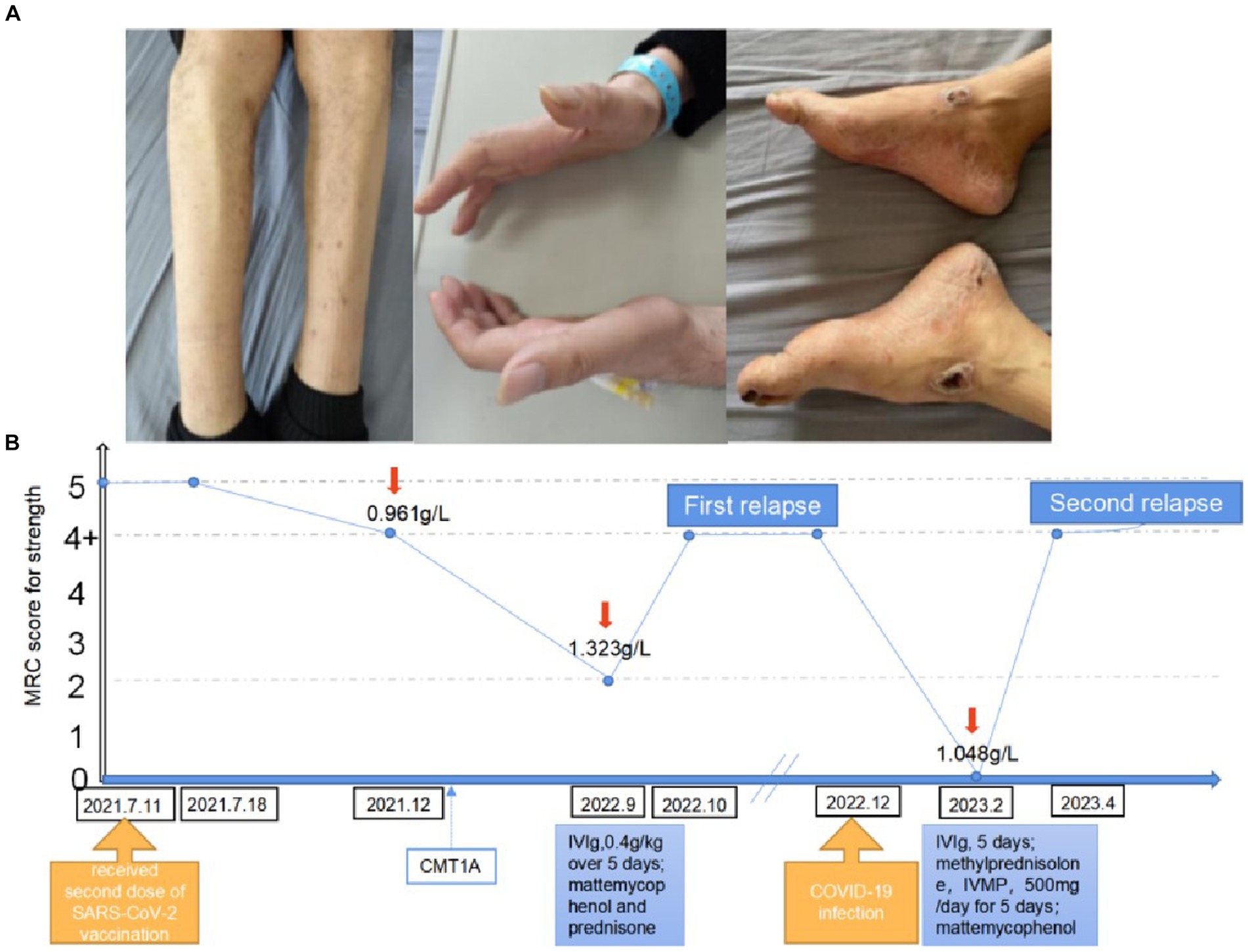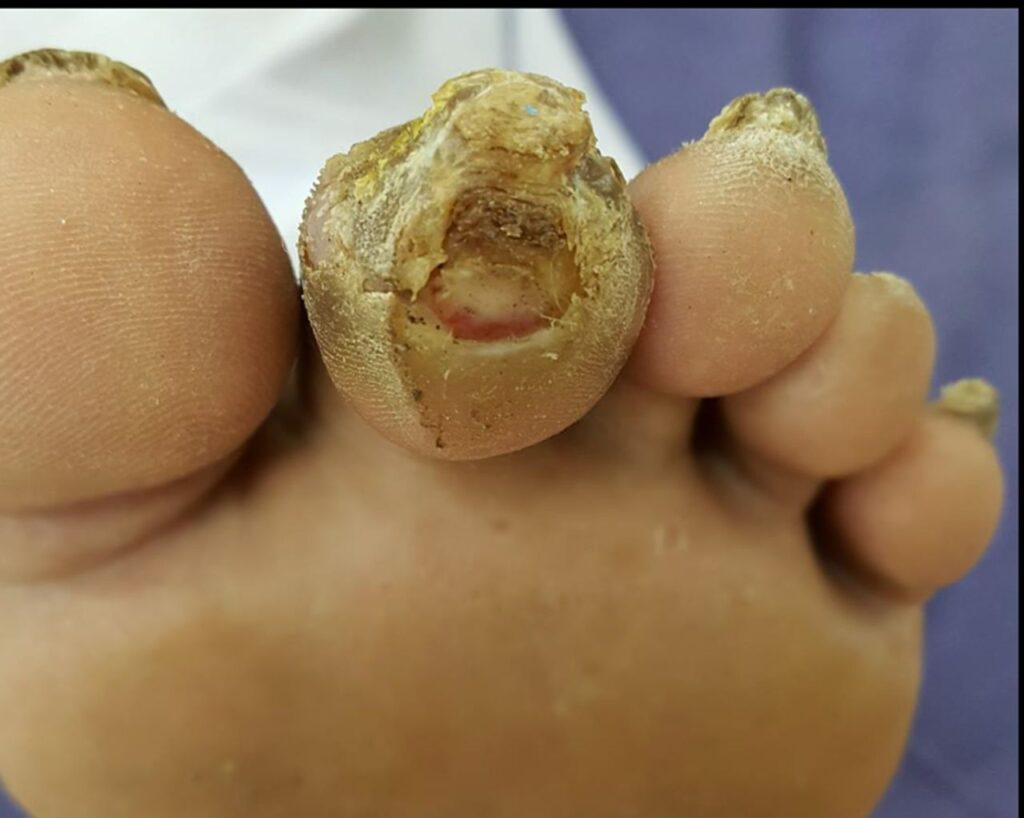Hammer toe, also known as contracted toe, is a common foot condition that affects the joints of the toes. It occurs when one or more toes become bent at the middle joint, resembling the shape of a hammer. This deformity can lead to discomfort, pain, and difficulty in walking if left untreated. In this article, we will explore the causes, symptoms, and treatment options for hammer toe to help you better understand this condition and manage it effectively.

What Is Hammer Toe?
Hammer toe is a deformity that primarily affects the second, third, or fourth toes. It happens when there is an imbalance in the muscles, tendons, or ligaments that are responsible for holding the toe straight. As a result, the affected toe bends downward at the middle joint, creating a hammer-like appearance. While this condition may start as a mild issue, it can worsen over time, leading to stiffness and immobility in the toe.
Types of Hammer Toe
- Flexible Hammer Toe: In the early stages, the affected toe can still be moved at the joint. This type is easier to treat and often responds well to non-surgical interventions.
- Semi-Rigid Hammer Toe: The toe remains partially movable but shows signs of stiffness. Treatment at this stage may involve a combination of exercises, orthotics, and lifestyle changes.
- Rigid Hammer Toe: At this advanced stage, the toe becomes fixed in a bent position and cannot be moved. Surgery is often required to correct the deformity.
Causes of Hammer Toe
The development of hammer toe is often linked to a variety of factors, including genetic predisposition, lifestyle choices, and underlying medical conditions. Understanding these causes can help individuals take preventive measures to reduce their risk of developing this condition.
Footwear Choices
One of the most common causes of hammer toe is wearing shoes that do not fit properly. Shoes that are too tight, have narrow toe boxes, or have high heels force the toes into unnatural positions. Over time, this constant pressure can lead to the development of hammer toe. People who frequently wear such footwear are at a higher risk of experiencing this condition.
Muscle Imbalance
An imbalance in the muscles, tendons, or ligaments that control toe movement can also contribute to hammer toe. When the muscles on one side of the toe are stronger than those on the other side, it can cause the toe to bend abnormally. This imbalance may occur due to injury, repetitive stress, or certain neurological conditions.
Underlying Medical Conditions
Certain medical conditions, such as arthritis, diabetes, and stroke, can increase the likelihood of developing hammer toe. Arthritis, for example, can weaken the joints and ligaments in the foot, making them more susceptible to deformities. Similarly, diabetes can cause nerve damage, leading to muscle imbalances in the toes.
Symptoms of Hammer Toe
Recognizing the symptoms of hammer toe is crucial for early diagnosis and treatment. While the condition may initially present as a minor inconvenience, it can progress and cause significant discomfort if left untreated.
Pain and Discomfort
One of the primary symptoms of hammer toe is pain or discomfort in the affected toe. This pain may be felt when walking, standing, or wearing shoes. The constant friction between the bent toe and the shoe can also lead to the formation of corns or calluses, which can exacerbate the discomfort.
Visible Deformity
A noticeable bend in the middle joint of the toe is a hallmark sign of hammer toe. In some cases, the toe may appear red or swollen, especially if it has been subjected to prolonged pressure or irritation. Over time, the deformity may become more pronounced, making it difficult to wear certain types of shoes.
Limited Mobility
As hammer toe progresses, the affected toe may lose its ability to move freely. This limited mobility can make it challenging to perform everyday activities, such as walking or running. In severe cases, the toe may become completely rigid, requiring surgical intervention to restore function.
Treatment Options for Hammer Toe
The treatment for hammer toe depends on the severity of the condition and the individual’s specific needs. In many cases, non-surgical treatments can effectively alleviate symptoms and prevent further progression of the deformity. However, advanced cases may require surgical correction.
Non-Surgical Treatments
For individuals with flexible or semi-rigid hammer toe, non-surgical treatments are often the first line of defense. These interventions focus on relieving pain, improving mobility, and preventing the condition from worsening.
Footwear Modifications
Wearing properly fitting shoes is essential for managing hammer toe. Shoes with wide toe boxes and low heels provide ample space for the toes to move freely, reducing pressure on the affected joint. Custom orthotic devices, such as shoe inserts or pads, can also help redistribute weight and relieve discomfort.
Stretching and Exercises
Gentle stretching exercises can help strengthen the muscles and tendons in the toes, promoting better alignment. Physical therapists may recommend specific exercises to improve flexibility and range of motion. Consistent practice of these exercises can slow the progression of hammer toe and enhance overall foot health.
Medications and Pain Relief
Over-the-counter pain medications, such as ibuprofen or acetaminophen, can help alleviate discomfort associated with hammer toe. Additionally, topical treatments, such as creams or ointments, may be used to soften corns and calluses caused by friction.
Surgical Treatments
In cases where non-surgical treatments fail to provide relief, surgery may be necessary to correct the deformity. Surgical options vary depending on the severity of the condition and the patient’s goals.
Tendon Release Surgery
This procedure involves cutting the tendon or ligament that is causing the toe to bend abnormally. By releasing the tension, the toe can return to its natural position. Tendon release surgery is typically recommended for flexible hammer toe.
Joint Fusion Surgery
For rigid hammer toe, joint fusion surgery may be performed to permanently straighten the toe. During this procedure, the surgeon removes part of the bone in the affected joint and fuses the remaining bones together. While this option provides long-term correction, it may limit the toe’s mobility.
Implant Surgery
In some cases, an implant may be inserted into the toe to provide additional support and stability. This approach is often used for patients with severe deformities or those who have undergone previous surgeries without success.
Preventing Hammer Toe
While not all cases of hammer toe can be prevented, certain measures can reduce the risk of developing this condition. Maintaining good foot health and being mindful of footwear choices are key strategies for prevention.
Choose Proper Footwear
Selecting shoes that fit well and provide adequate support is one of the most effective ways to prevent hammer toe. Avoid shoes with narrow toe boxes or excessively high heels, as these can place undue stress on the toes. Opt for footwear made from breathable materials that allow for natural movement.
Maintain a Healthy Weight
Excess weight can put additional pressure on the feet, increasing the likelihood of developing foot deformities like hammer toe. Maintaining a healthy weight through diet and exercise can help reduce strain on the feet and promote overall foot health.
Practice Good Foot Care
Regularly inspecting your feet for signs of irritation, swelling, or deformities can help detect potential issues early. If you notice any abnormalities, consult a healthcare professional for guidance. Additionally, practicing proper foot hygiene and moisturizing the skin can prevent dryness and cracking, which may contribute to discomfort.
When to Seek Medical Attention
If you experience persistent pain, swelling, or difficulty moving your toes, it is important to seek medical attention. A podiatrist or orthopedic specialist can evaluate your condition and recommend appropriate treatment options. Early intervention can prevent the progression of hammer toe and improve your quality of life.





